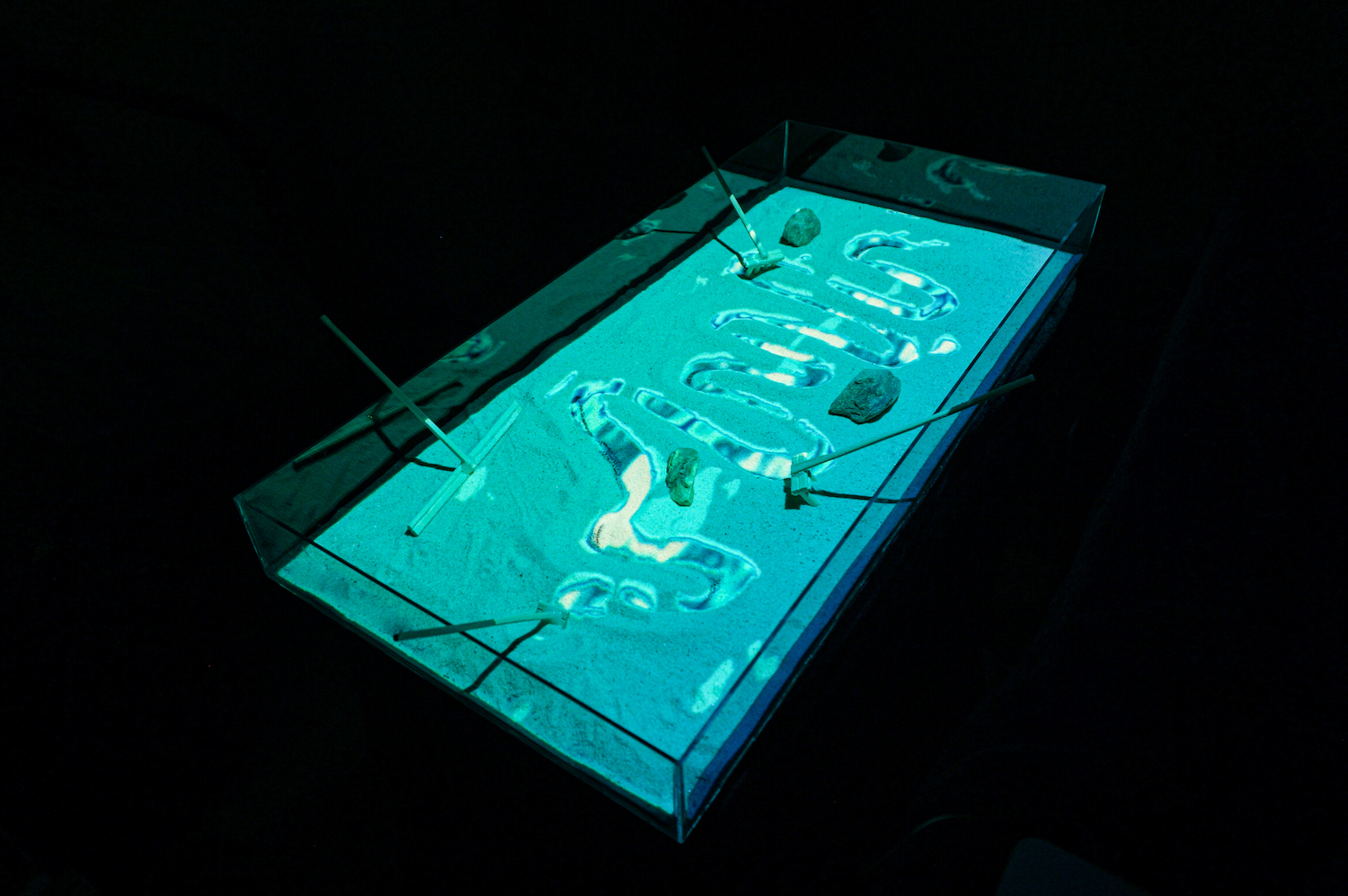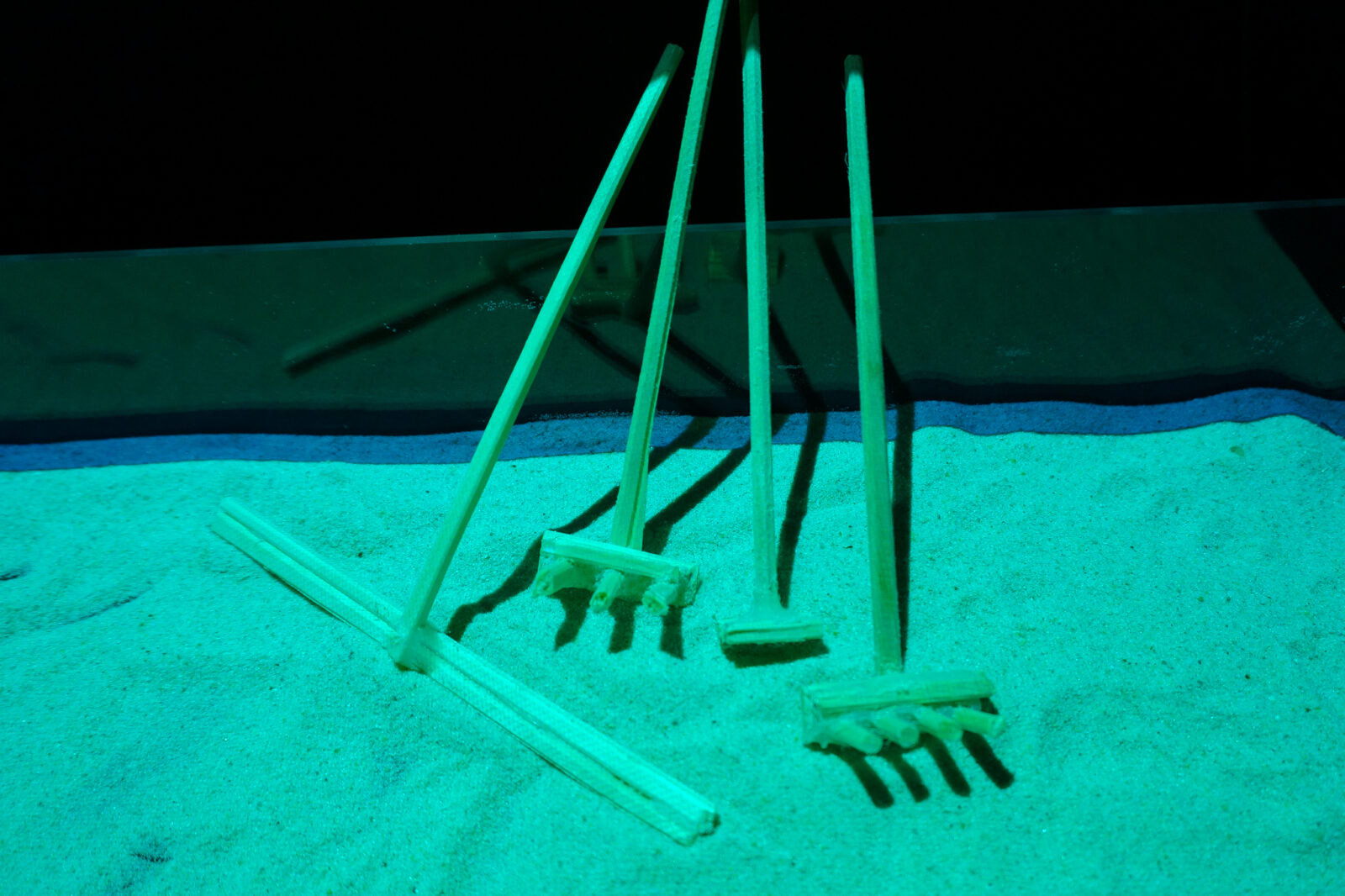THE PROBLEM
In our performance-driven culture, where productivity determines our self-worth, pausing work to engage in play seems like a waste of valuable time. With so much to do in so little time, spending time on purposeless activities seems like a sin.
Such notion has caused an influx of exhausted and overstressed adults.
Dr Stuart Brown, a psychiatrist and clinical researcher in the practice of play, argues that play is not an option. It shapes our brain’s emotional and cognitive development, helps us navigate difficulties, and enhances creativity and innovation. Although this practice is essential to our health, we continue to neglect it for fear of creating a lack. This causes a disconnect from oneself, decreases self-compassion and increases health and societal risks.
In order to foster a greater sense of well-being, we must respect our need for renewal and connection with oneself.
We must be intentional in listening to our intuitions, trusting in our inner knowing without criticism, and freely letting ourselves explore and venture into curiosity. The AR Sand Garden is a perfect place to do that.
AR SAND GARDEN
Choose play. Advocate creativity. Prioritise rest.
DESIGN CONCEPT
The AR Sand Garden is an interactive sandbox that invites users to freely explore their childlike curiosity and engage in creative expression. The installation uses augmented reality to add a layer of generative art unique to the user. When users create strokes in the sand garden using the rakes, it digitally creates a water-marble effect on top of the marks. By exploring the tactile sand garden and immersive visuals, users can engage in play that encourages rest, relaxation, and meditation.
It incorporates elements from “Karesansui” and “Suminagashi”.
[Zen Gardens] can communicate emotions of a mind that can’t be directly communicated or understood – an expression of oneself.
Masuno Shumyo, Japanese contemporary Zen garden designer
INTERACTION
In the interaction, users will form different strokes on the sand inside the sand garden with the rakes provided. The webcam underneath the box will receive user input based on the light that shines through the physical impressions made. That input is processed through a TouchDesigner project that produces water marble art visuals on the positions where the marks are made. The visuals are then projected back onto the surface of the sand to create an interactive feedback painting.
“I’m just captivated. It’s kind of very freeing in a sense of – you don’t have any restrictions. You can do whatever shapes you want.”
Anonymous
“It’s really engaging. And it stops you from thinking about anything else. It’s just making you really mindful and invested in what you’re doing. Stepping outside of everything else that’s going on. It’s just really relaxing and nice and interesting. I needed this.”
Anonymous
Attributions & Acknowledgements
This work was created with the support and advice from Associate Professor Jen Seevinck, whose work +-now has inspired this project.
Thank you Jen for providing advice and guidance to me early in my project!
+-now (2008) http://www.smartnoise.net/new-gallery-5/y1dxrjr0iqny4j2xiuk2rfyl6xg7h1












